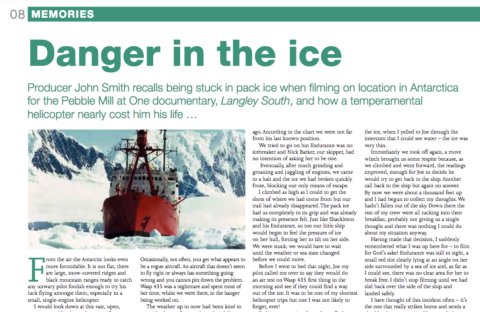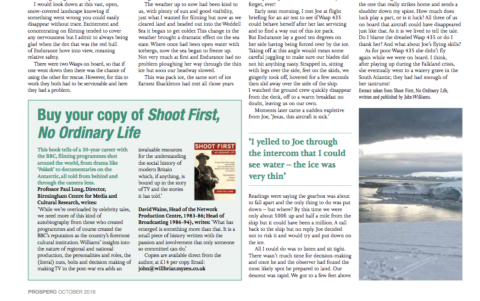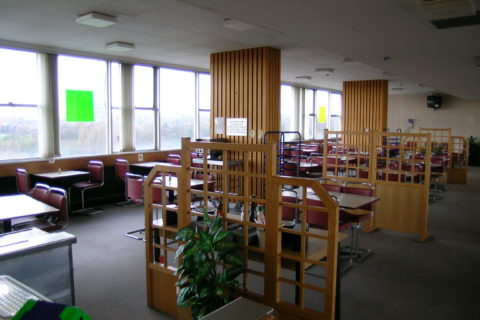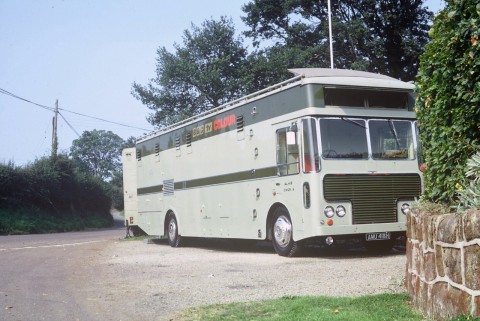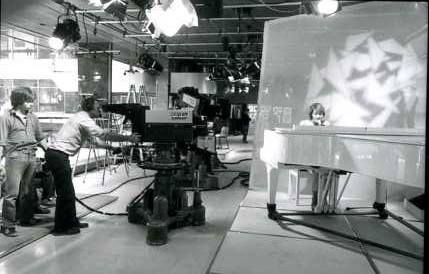Copyright, John Williams, no reproduction without permission.
The article above is from John Williams memoirs, Shoot First, No Ordinary Life. It tells the story of a dangerous and highly memoriable shoot in Antarctica, for a Pebble Mill at One documentary, Langley South. It was published in the October 2016 issue of the BBC pensioners online magazine – Prospero. The link to the article is here: http://downloads.bbc.co.uk/mypension/en/prospero_oct_2016.pdf
The documentary was transmitted as inserts in 1981, as part of Pebble Mill at One, and as a four part documentary series on BBC2 in April 1982. Here are the Radio Times entries, courtesy of the BBC Genome project:
Monday 19th April 1982
“The first of four films in which
Bob Langley journeys to the White continent of Antarctica and examines its potential for mankind. The Falkland Islands are his first staging post. a last outpost of the British Empire in the South Atlantic. In recent weeks this tiny colony has been the centre of world attention as neighbouring Argentina has laid claim to the islands.
Against this background some of the 1,800 islanders talk of their hopes for the future.
Editor PETER HERCOMBE”
Tuesday 20th April 1982
“On the second leg of his journey to the Antarctic, Bob Langley embarks on the Royal Navy’s Ice Patrol Ship Endurance for the voyage from the Falkland Islands to the southern ice cap. The journey takes him across the notorious Drake Passage off the tip of Cape Horn, through a mine-field of icebergs and after a brief respite at an abandoned whaling station, onward to a dangerous and uncharted corner of the Antarctic peninsula.”
Wednesday 21st April 1982
“In the third film report from British Antarctica Bob Langley, aboard the Royal Navy’s Ice Patrol ship Endurance, becomes trapped in the ice in the Weddell Sea. It is like history repeating itself. In 1915 another Endurance, under the command of Sir Ernest Shackleton , was trapped in these very waters, triggering off a feat of survival which rates as one of the greatest of all escape stories”
Thursday 22nd April 1982
“In this final film report from Antarctica, Bob Langley visits British and American scientific bases and meets the. modern pioneers. Antarctica is known to contain vast mineral riches. Its seas are teeming with protein. It could be vital to our future as other continents exhaust their own resources.”
John’s book is A4, 216 pages full colour, 96,500 words; it is being sold at cost £14, plus postage or can be collected.If you would like a copy please contact John on john@willbriar.myzen.co
